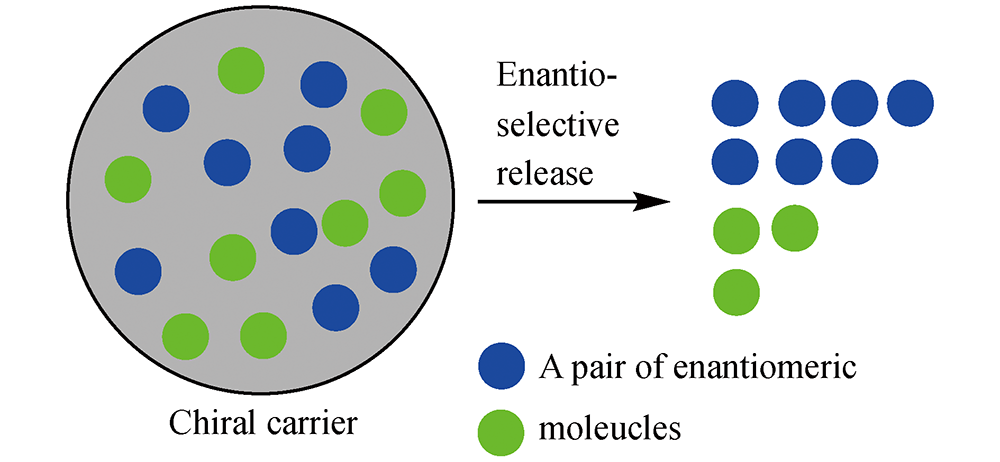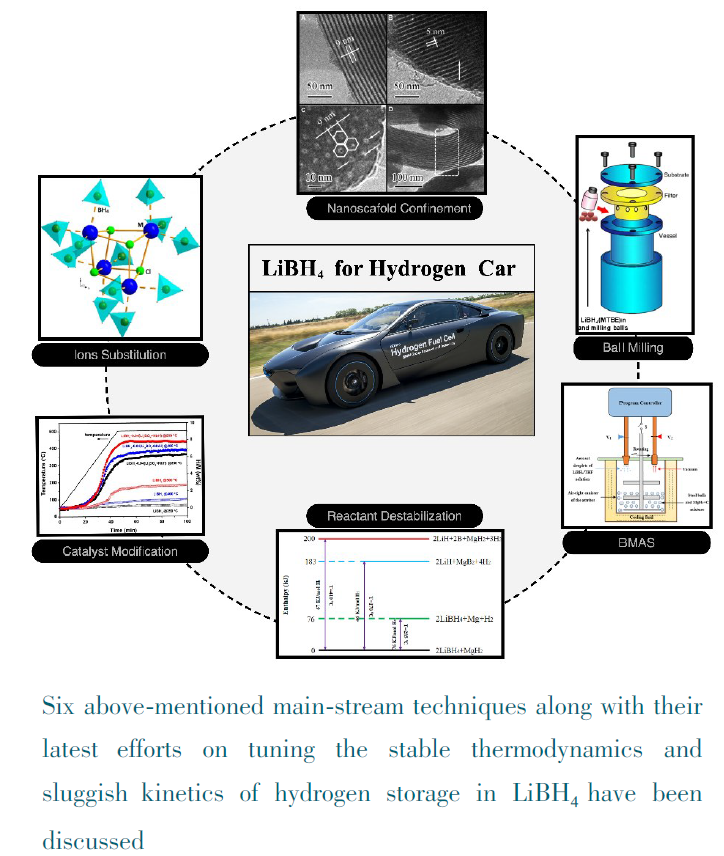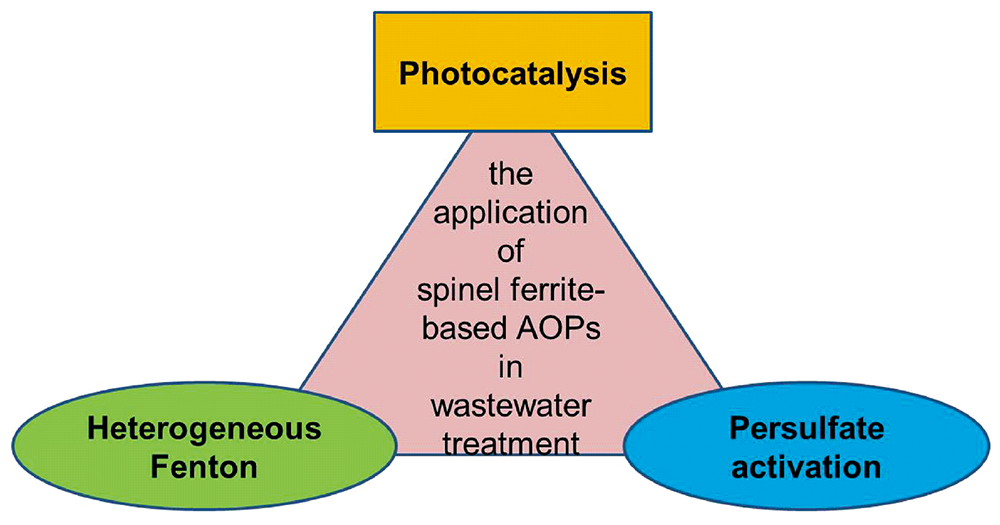Bin Li, Yanyan Fu, Jiangong Cheng. Fluorescent Probes for Detection of Organophosphorus Nerve Agents and Simulants[J]. Progress in Chemistry, 2021, 33(9): 1461-1472.
Organophosphorus nerve agents are a kind of chemical weapon with great killing power, which paralyze the central nervous system of human body by destroying the neurotransmitter acetylcholinesterase. A very small dose can cause death. Therefore, it is of great significance for the rapid and simple detection of organophosphorus nerve agents. Fluorescence chemical sensing has the advantages of high sensitivity, good selectivity, and short response time. In recent years, the detection of organophosphorus nerve agents and their simulants using fluorescent sensing methods has attracted increasing attention. In this paper, the principle of fluorescence sensing is briefly introduced, and various new fluorescent materials and methods developed by researchers at home and abroad in recent years for the detection of organophosphorus nerve agents and simulants are reviewed. The prospect of the application of fluorescence sensing methods in the detection of organophosphorus nerve agents is also discussed.
1 Introduction
2 Fluorescence detection of organophosphorus nerve agents and simulants
2.1 Nitrogen-based nucleophiles
2.2 Oxygen-based nucleophiles
2.3 Nitrogen-oxygen bifunctional nucleophiles
3 Conclusion and outlook























